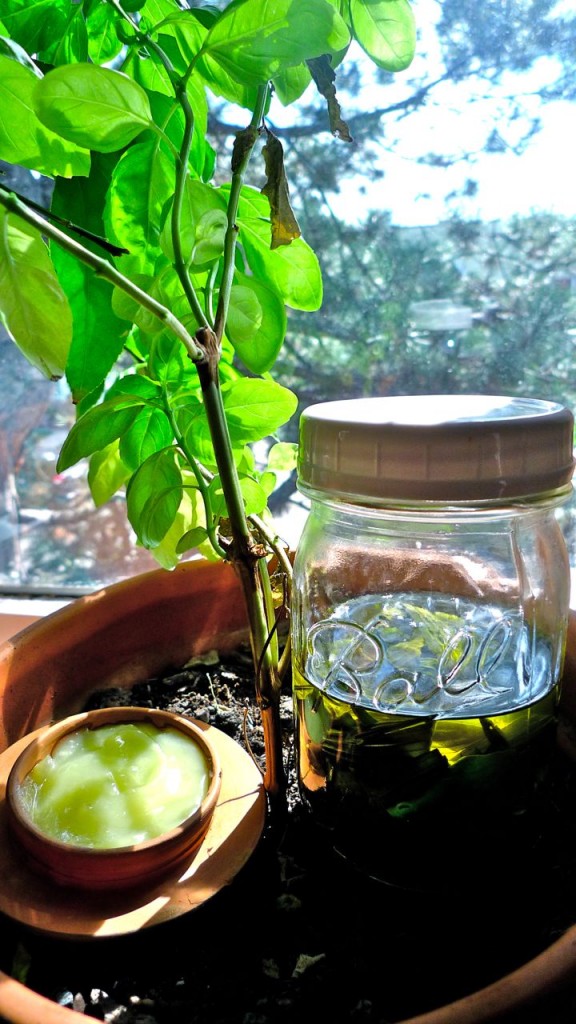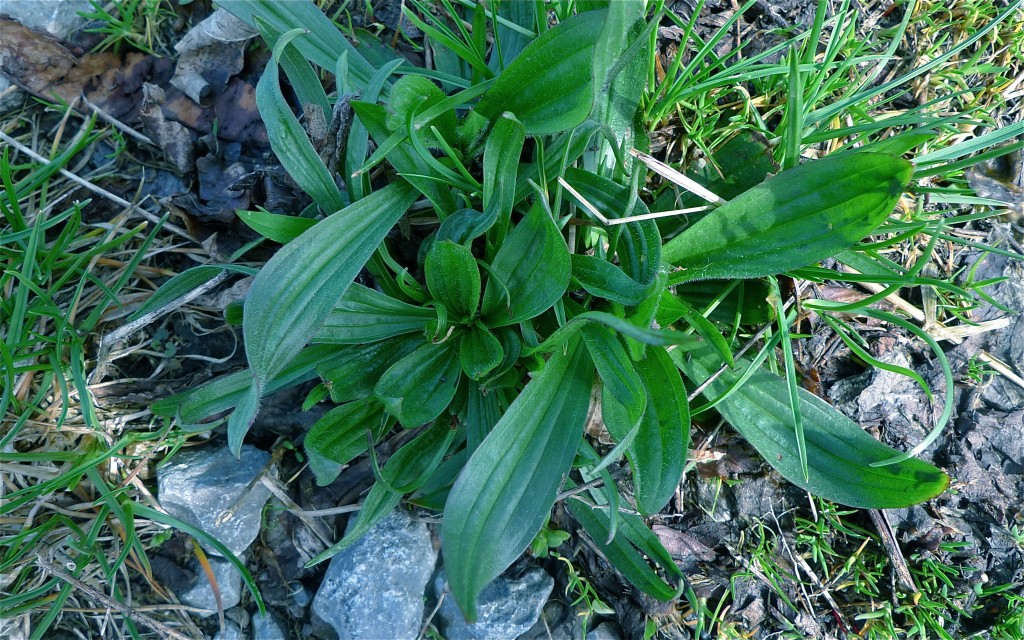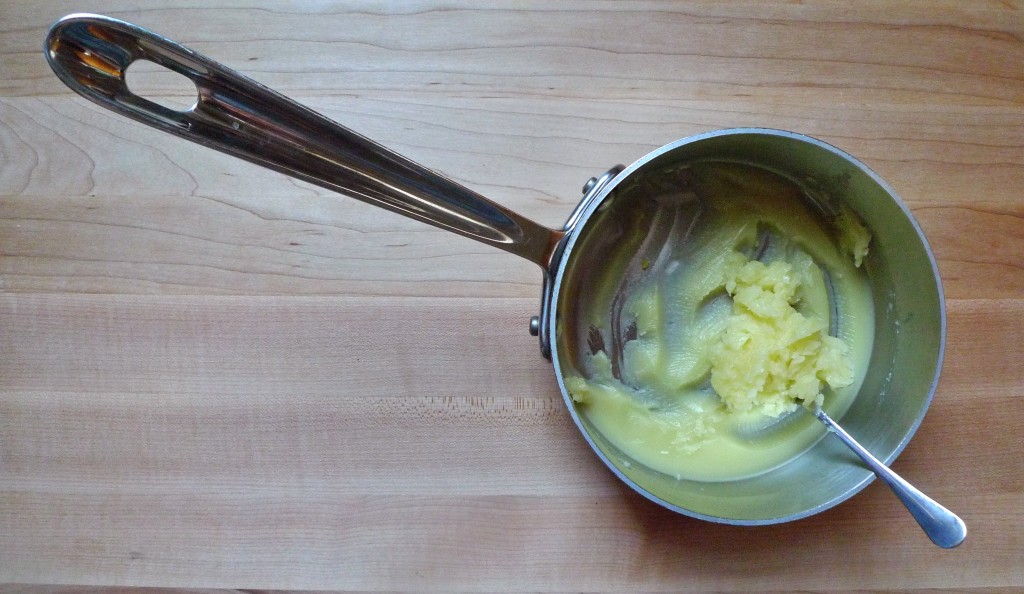Toxic Free DIY Mini Series: Plantain Salve
Toxic Free DIY Mini Series: Plantain Salve Ingredients - ¼ cup plantain infused oil
- 1 Tbsp coconut oil (virgin, like this)
- 1-2 Tbsp beeswax (filtered, like this)
- 5 drops rosemary oil, as a preservative (this is my favorite rosemary oil)
Instructions - In a small pan, melt oils with beeswax, slowly swirling pan over heat source. You want to melt the beeswax with as little heat as possible so as not to disturb the volatile structure of the olive oil.
- Pour directly into containers, or if easier, let cool and scoop into sterilized containers.
- Spread liberally on diaper rash, eczema, bug bites, dry skin, bee stings or small cuts. Be soothed.
- ¼ cup plantain infused oil
- 1 Tbsp coconut oil (virgin, like this)
- 1-2 Tbsp beeswax (filtered, like this)
- 5 drops rosemary oil, as a preservative (this is my favorite rosemary oil)
- In a small pan, melt oils with beeswax, slowly swirling pan over heat source. You want to melt the beeswax with as little heat as possible so as not to disturb the volatile structure of the olive oil.
- Pour directly into containers, or if easier, let cool and scoop into sterilized containers.
- Spread liberally on diaper rash, eczema, bug bites, dry skin, bee stings or small cuts. Be soothed.
I am currently using salve from last summer but give it a sniff or pitch it if you are worried. Longevity relates to the freshness of the oil, storage conditions and bacteria introduction. Use fresh oil, keep it cool and use clean hands!
Stay tuned for next week’s Mouthwash & Toothpowder recipe!
Sheila is an educator, writer and devoted real foodie. She began Love & Wild Honey to devote a creative space to write and converse about the philosophy and culture behind the food we eat in a way that is made practical as well as beautiful.
References
This post is part of: Thank Goodness Its Monday, Fat Tuesdays, Family Table Tuesday, Slightly Indulgent Tuesdays, Traditional Tuesdays, Healthy Tuesdays, Titus 2sday, Backyard Farming Connection, Teach Me Tuesdays, Anti-Procrastination Tuesdays, Gathering Spot, Tasty Tuesday, Tutorial Tuesday, EcoKids Tuesday, Real Food Wednesday, Frugal Days Sustainable Ways, Healthy 2day Wednesday, Wicked Awesome Wednesday, Party Wave Wednesdays, Fresh Food Wednesday, Whole Food Wednesdays, The Mommy Club, Fight Back Friday, Small Footprint Friday











Cool natural solution! Thanks for sharing at A Humble Bumble 🙂
We love plantain! Thanks for sharing this recipe with us at Eco-Kids Tuesday! Your post is featured today! Please come link up again!
Wow that’s so neat. Now I wonder if plantain grows in my area.
Do you know if this makes a cloth diaper friendly diaper rash cream?